HISTORY:
The Bell XV-3 (Bell 200) is an American tiltrotor aircraft developed by Bell Helicopter for a joint research program between the United States Air Force and the United States Army in order to explore convertiplane technologies. The XV-3 featured an engine mounted in the fuselage with driveshafts transferring power to two-bladed rotor assemblies mounted on the wingtips. The wingtip rotor assemblies were mounted to tilt 90 degrees from vertical to horizontal, designed to allow the XV-3 to take off and land like a helicopter but fly at faster airspeeds, similar to a conventional fixed-wing aircraft.
The XV-3 was first flown on 11 August 1955. Although it was limited in performance, the aircraft successfully demonstrated the tiltrotor concept, accomplishing 110 transitions from helicopter to airplane mode between December 1958 and July 1962. The XV-3 program ended when the remaining aircraft was severely damaged in a wind tunnel accident on 20 May 1966. The data and experience from the XV-3 program were key elements used to successfully develop the Bell XV-15, which later paved the way for the V-22 Osprey.
On 14 June 1966, NASA Ames Research Center announced the completion of XV-3 testing. The XV-3 had accomplished a total of 250 flights, accumulated 125 flight hours, and completed 110 full conversions.
CONTROLS:
VTOL Up: to elevate
TRIM: switch from hover to conventional flight
AG8: Gyro ( I recommend keeping it on)
NOTE: this thing flies very bad, it was not intended for very long flights or at high altitudes. although it is relatively easy to land.
HAVE FUN:)
Specifications
Spotlights
- BlackhattAircraft 3.3 years ago
- TatsuTheOtaku 3.3 years ago
- NotRealToxicUser 3.3 years ago
General Characteristics
- Predecessor !XV3
- Successors 1 airplane(s)
- Created On Android
- Wingspan 70.5ft (21.5m)
- Length 47.7ft (14.5m)
- Height 22.0ft (6.7m)
- Empty Weight 14,079lbs (6,386kg)
- Loaded Weight 16,954lbs (7,690kg)
Performance
- Power/Weight Ratio 15.906
- Wing Loading 15.7lbs/ft2 (76.8kg/m2)
- Wing Area 1,078.1ft2 (100.2m2)
- Drag Points 12988
Parts
- Number of Parts 149
- Control Surfaces 9
- Performance Cost 994

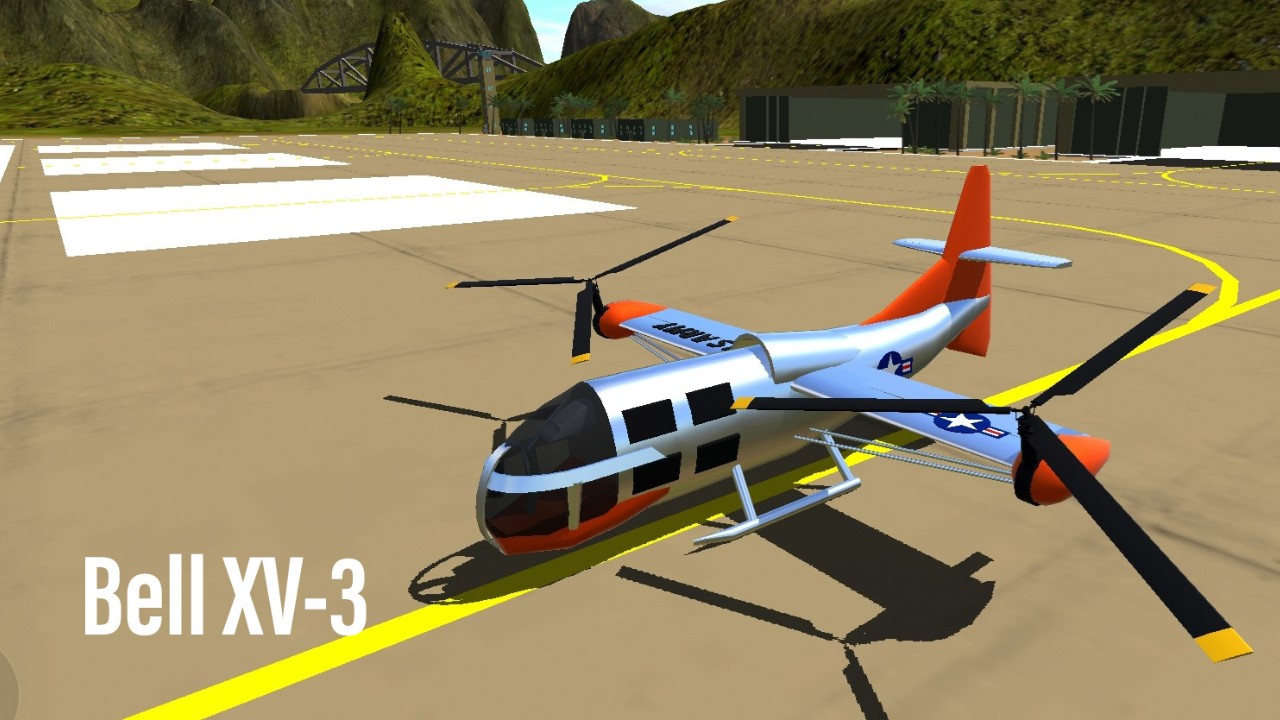
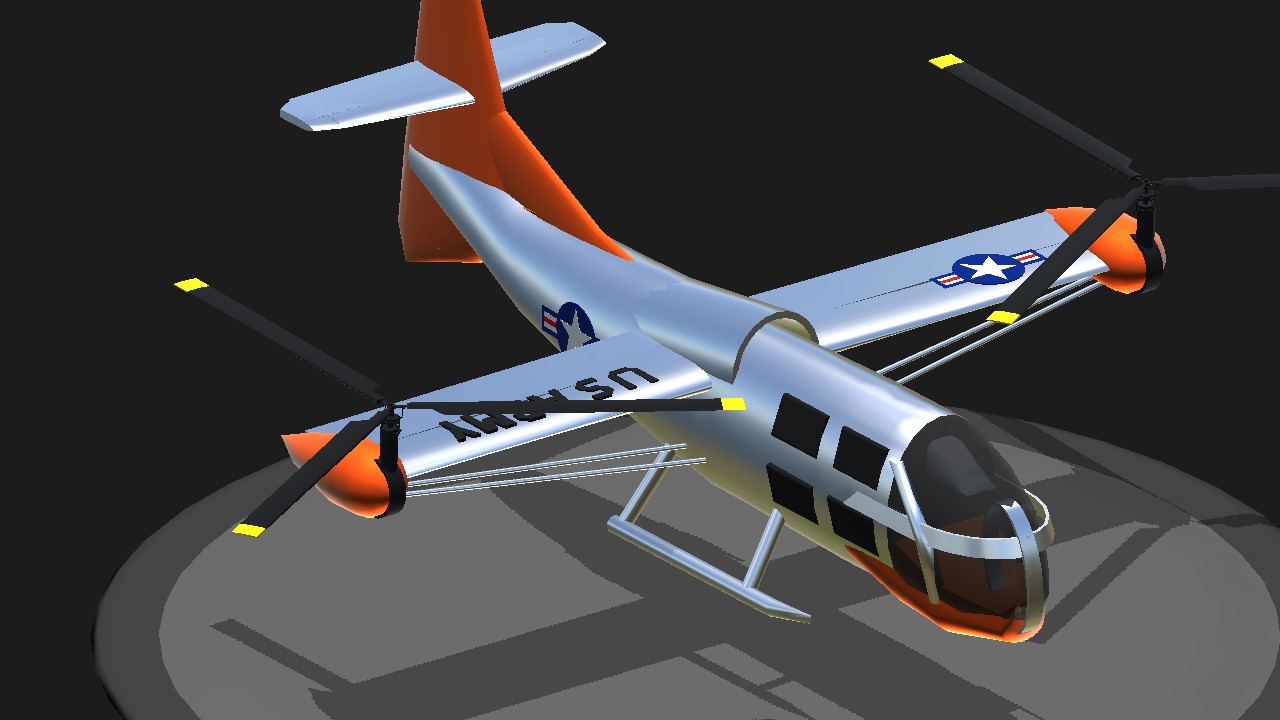
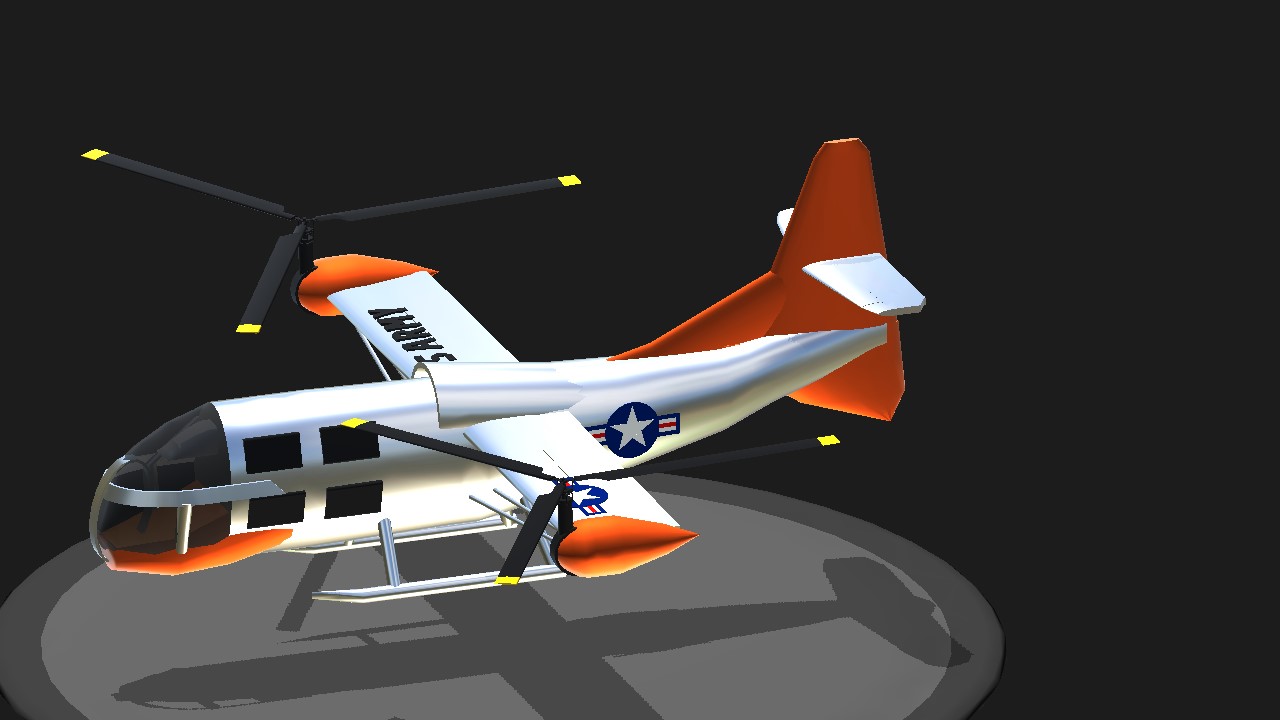
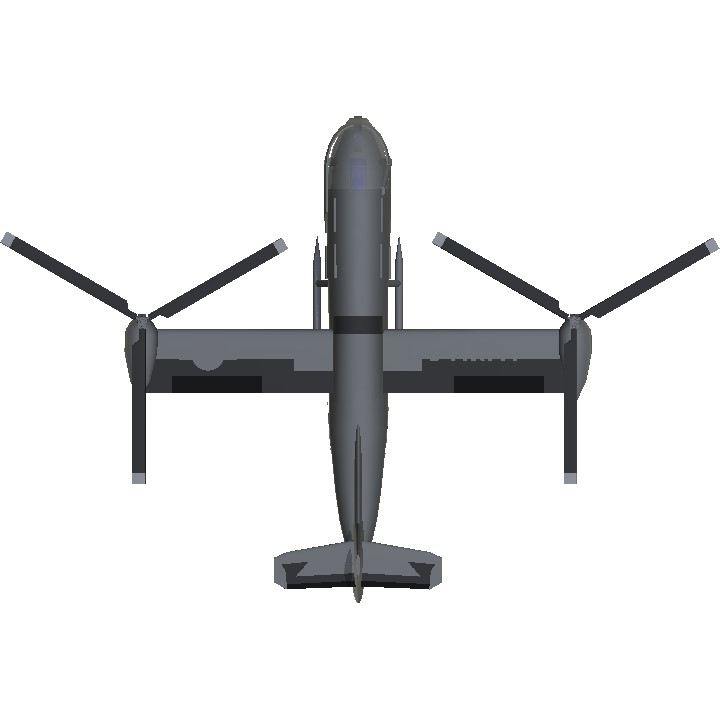
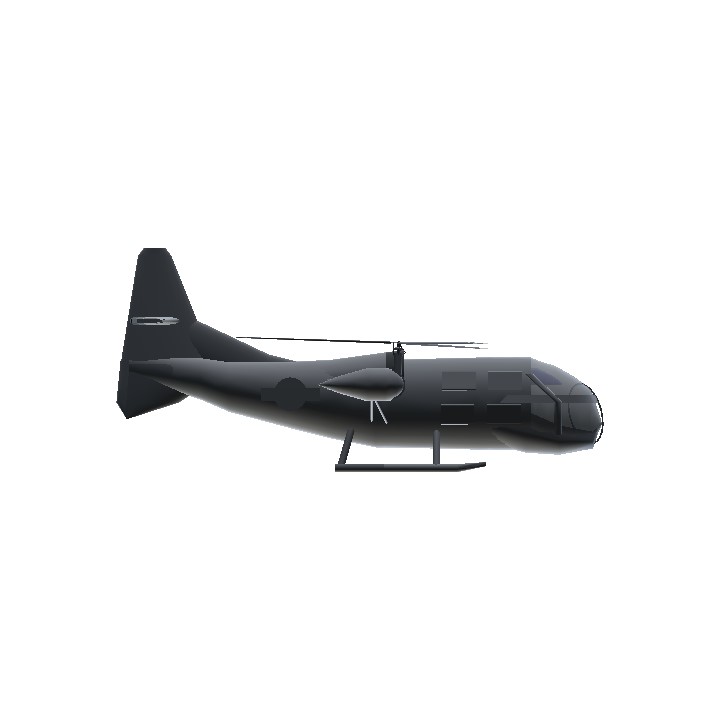
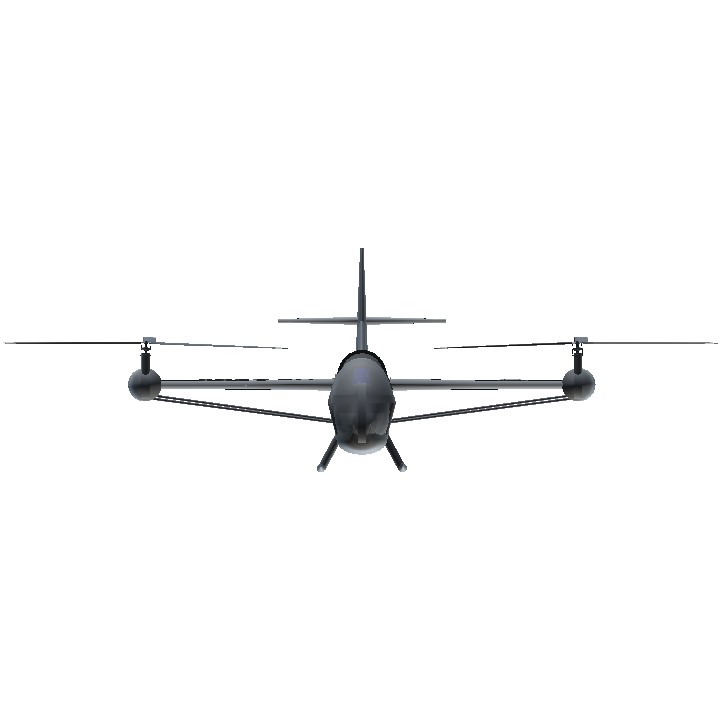
I plan to rebuild it when the update comes by adding an interior with the new parts, will also see if I can improve the handling
@TatsuTheOtaku thanks man !
@MuizTheMobileFriendly thanks!
Awesome
Nice